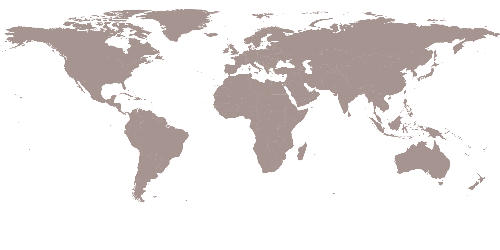The Holcim Competence Center was designed as a self-supporting structure, with the inner and outer loadbearing walls working in tandem to ensure stability and resilience. The plan integrated research laboratories, offices, and training facilities into a highly efficient footprint. Hinged interior pillars followed the diagonal geometry of the atria, reinforcing the building’s structural rhythm.
The environmental strategy relied on passive solar heating and strategically placed voids to achieve a climate concept with minimal technical installations and almost no core, targeting Minergie-P certification. This design exploration demonstrated Holcim’s commitment to pushing the boundaries of low-impact, high-performance building solutions.
The project displays a series of outstanding features responding particularly well to most of the criteria elucidated in the “target issues” for sustainable construction – merging architectural and technical considerations at the forefront of the discipline. The energy concept, for example, using cutting-edge surface geothermal heat-recovery, airboxes, and hybrid collectors, finds an appropriate spatial expression that would not be possible with standard systems. Here, architecture benefits from technological advances, without relinquishing its autonomy as an art form.
Notwithstanding the project’s contributions to the advancement of the field, the members of the jury unanimously agreed that the project must be withdrawn from the competition due to a latent conflict of interest. The design was awarded first prize in an architectural competition organized by the Holcim Ltd for its proposed new center for research and development in Switzerland. Considering the proximity between the company and the Holcim Foundation with its Awards competition, the jury decided to remove the project from the award procedure. Nonetheless, respecting the exceptional value of the project, the jury recommends that it should be conferred an “honorable mention” without a financial prize.










